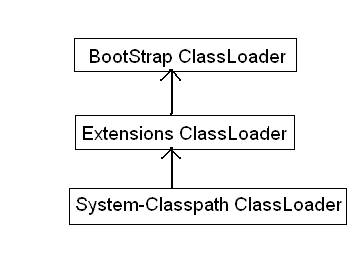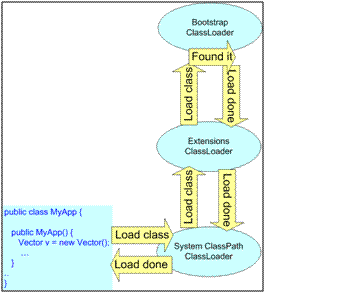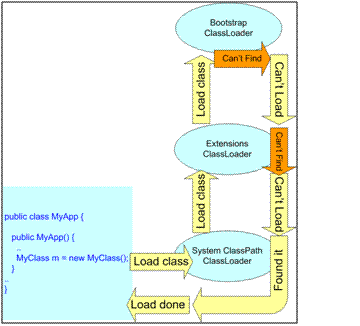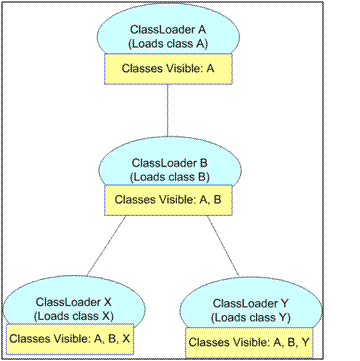In java the element in collections can be sorted by using TreeSet or TreeMap. To sort the data elements a class needs to implement Comparator or Comparable interface. Thats why all Wrapper classes like Integer,Double and String class implements Comparable interface.
A class implementing Comparable interface need to override compareTo(Object obj) method and put the logic for sorting.
It will return -1 : If this object is lesser than the passed object
It will return 0 : If this object is same the passed object
It will return 1 : If this object is greater than the passed object
Consider a class Person.
public String name;
public String lastName;
public Person(String name, String lastName){
this.name=name;
this.lastName=lastName;
}
public String getName(){
return name;
}
public String getLastName(){
return lastName;
}
public static void main(String arg[]){
List
myList.add(new Person("Robert","USA"));
myList.add(new Person("Andy","UK"));
myList.add(new Person("Harish","India"));
for(Person person : myList){
System.out.println("My name is "+person.getName());
}
}
}
Output is :
My name is Robert
My name is Andy
My name is Harish
But now i want that the objects to be sorted on name basis should be retrieved in sorted order.
Consider a class Person.
public String name;
public String lastName;
public Person(String name, String lastName){
this.name=name;
this.lastName=lastName;
}
public String getName(){
return name;
}
public String getLastName(){
return lastName;
}
public int compareTo(Object obj){
Person p = (Person)obj;
return this.name.compareTo(p.getName);
}
public static void main(String arg[]){
List
myList.add(new Person("Robert","USA"));
myList.add(new Person("Andy","UK"));
myList.add(new Person("Harish","India"));
Collections.sort(myList);
for(Person person : myList){
System.out.println("My name is "+person.getName());
}
}
}
Output is :
My name is Andy
My name is Harish
My name is Robert
Couple of things which needs to be taken in consideration:
1) Collections.sort() will sort only the collection having objects which implements either one of the comparing interface.
2) Collections.sort() will sort the same list.
Comparator interface is used when an extra logic is required to sort the objects. One need to override compare(Object obj1, Object obj2) method.For example you want the list of Person object to be sorted on the basis of complete name i.e "name lastName" but also on the other hand doesnt want to change the Person class default sorting implementation or Person class is a jar so so no code modification in it can be done. First create a Custom Comparator.
public int compare(Object obj1, Object obj2){
Person p1 =(Person) obj1;
Person p2 =(Person) ob2;
String p1Name = p1.getName()+ " " +p1.getLastName();
String p2Name = p2.getName()+ " " +p2.getLastName();
return p1Name.toCompareTo(p2Name);
}
}
// Changes made in main method of Person class.
public static void main(String arg[]){
List
myList.add(new Person("Robert","USA"));
myList.add(new Person("Robert","UK"));
myList.add(new Person("Robert","India"));
Collections.sort(myList new MyCustomComparator());
for(Person person : myList){
System.out.println("My name is "+person.getName() + " " + person.getLastName());
}
}
OutPut:
My name is Robert India
My name is Robert UK
My name is Robert USA
1) For Comparator interface you need to override method compare(obj)
2) In collections.sort() the instance of Comparator need to be passed. In this example the list is sorted according to the custom Comparator created



